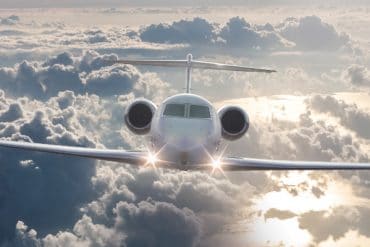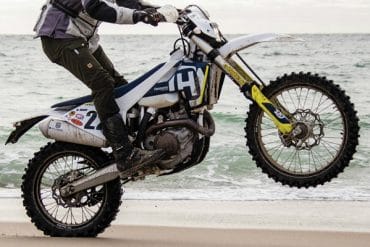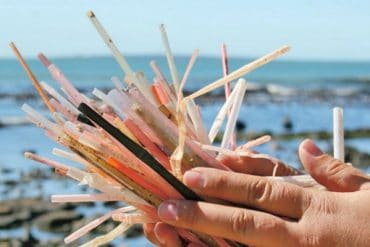
As far back as 2,500 years ago, outrigger canoes took to the Pacific waters of Polynesia on open ocean journeys lasting thousands of miles. Built for speed and durability, these timeless watercrafts remain in use throughout the world, serving as transportation for goods and people as well as for fishing. Here on Nantucket, a group of about fifteen members has embraced the outrigger tradition, paddling recreationally and competitively under the auspices of Nantucket Community Sailing.
Since 2001, the club has evolved from competitive race training to now allowing for more mellow paddles that can include clamming field trips and exploring estuaries. “Our club has become more broad and welcoming thanks to the mix of people,” says Brook Meerbergen, a hardcore outrigger enthusiast and member since the club was founded. “We all have our reasons for being here and this creates our collective culture.”
Outrigger practices are held six days a week during the summer and less frequently during the shoulder seasons.
On this particular Wednesday, minutes before 6:00 P.M., people begin arriving by car or bicycle, making their way from the Jetties parking lot across the dune to Nantucket Community Sailing. Four women and two men wearing wet suits, swim trunks, and running clothes hoist the four-hundred pound fiberglass canoe, and roll it to the water’s edge. A light but steady wind blows out of the east and the slack tide begins to ease. There is good visibility: no fog, but no sunsets to paddle off into either.
 The shivering paddlers take their seats with instructions handed down by the steersperson, who decides seating according to skill and experience. Each seat has its assignment. Seat one sets the tempo. Seat three controls how many paddle strokes everyone takes on each side of the canoe. After about fifteen to eighteen strokes, seat three calls out “HUT!” and everyone takes a paddle stroke and then responds “HOO!” The group then switches sides without skipping a beat. The steersperson sits at the stern in seat six, calling out commands to liven or slacken the pace.
The shivering paddlers take their seats with instructions handed down by the steersperson, who decides seating according to skill and experience. Each seat has its assignment. Seat one sets the tempo. Seat three controls how many paddle strokes everyone takes on each side of the canoe. After about fifteen to eighteen strokes, seat three calls out “HUT!” and everyone takes a paddle stroke and then responds “HOO!” The group then switches sides without skipping a beat. The steersperson sits at the stern in seat six, calling out commands to liven or slacken the pace.
The paddlers must work as a team to get the canoe moving forward. The Hawaiian word lokahi, meaning “unity,” is the name of the boat. Jim Olney, a newcomer this spring who is calling “Hut-Hoo!” from seat three, points out that, “Paddling is a lot like biking in a pack because you have to maintain the pace.” Efficiency is everything. If the paddlers aren’t synchronized, it feels choppy, like they’re working against each other. Each paddle stroke delivers the burn of an abdominal crunch. If a paddler tires, he or she just has to breathe and keep going, finding that slow, meditative breath to send to all the places that are tense and aching. This is where the sport becomes just as much as a mental challenge as a physical one.
The crew takes a tour of the harbor, dipping into Children’s Beach, passing the Steamship and Hy-Line ferry landings, and navigating around yachts in Straight Wharf. They glide behind the Dreamland Theater where the ocean air is heavy with the smell of french fries from Sea Dog’s Brew Pub. Without fail, all pedestrians and yachtsmen stop what they are doing and behold the outrigger like a rare bird.
No legendary outrigger stories result from this evening. No full moons, phosphorescence, ferry wake surfing, capsizes, storms, or close encounters in the fog. But, the crew seems more than satisfied with this ordinary paddle in mildly bad weather. Back at Jetties, people chat about “ah-ha” moments with their paddling techniques or what’s cooking for dinner. They leave a little bit stronger, and perhaps a little more connected to each other and the natural world around them.





